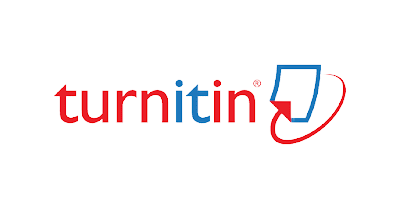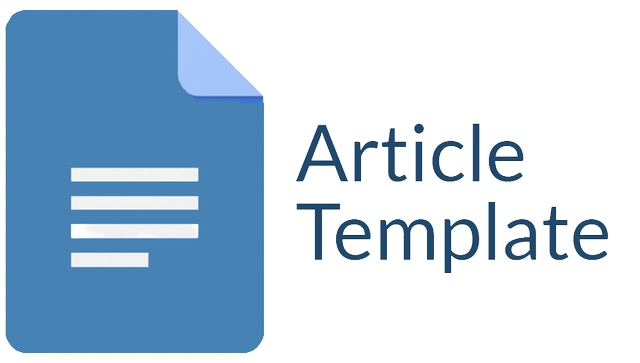ENHANCING CUSTOMER INSIGHT THROUGH ASPECT-BASED SENTIMENT ANALYSIS OF SMART DEVICE REVIEWS : CROSS-BRAND INSIGHTS FROM APPLE, SAMSUNG, AND XIAOMI
Abstract
In today’s highly competitive smart device market, understanding customer sentiment is essential for driving product innovation and brand loyalty. This study applies Aspect-Based Sentiment Analysis (ABSA) using transformer-based models BERT, RoBERTa, and DistilBERT on over 20,000 reviews collected from Amazon, Flipkart, Walmart, and Best Buy between 2021 and 2024. The analysis focuses on customer feedback regarding Apple, Samsung, and Xiaomi smartphones and smartwatches. Key product aspects such as Battery, Camera, and Performance were extracted, and sentiment trends were compared by brand and device type. Findings reveal Samsung devices received the highest engagement, with its watches praised but phones criticized. Xiaomi’s reviews showed strong polarization, while Apple maintained consistent but lower review volumes. Temporal trends showed a significant rise in positive sentiment in 2024, indicating improving product satisfaction. This research offers actionable insights for original equipment manufacturers (OEMs) and marketers, highlighting which features drive satisfaction and how sentiment evolves over time.
Downloads
References
Devlin, J., Chang, M. W., Lee, K., & Toutanova, K. (2019). BERT: Pre-training of deep bidirectional transformers for language understanding. Proceedings of NAACL-HLT 2019, 4171–4186. https://doi.org/10.48550/arXiv.1810.04805
Fang, X., Xu, L., Long, C., & Tang, Y. (2022). Noise-aware transformer for social media sentiment analysis. Knowledge-Based Systems, 246, 108680. https://doi.org/10.1016/j.knosys.2022.108680
Howard, J., & Ruder, S. (2018). Universal language model fine-tuning for text classification. arXiv preprint arXiv:1801.06146. https://doi.org/10.48550/arXiv.1801.06146
Jurafsky, D., & Martin, J. H. (2019). Speech and language processing: An introduction to natural language processing, computational linguistics, and speech recognition (3rd ed.). Pearson.
Liu, Y., Ott, M., Goyal, N., Du, J., Joshi, M., Chen, D., ... & Stoyanov, V. (2019). RoBERTa: A robustly optimized BERT pretraining approach. arXiv preprint arXiv:1907.11692. https://doi.org/10.48550/arXiv.1907.11692
Mikolov, T., Chen, K., Corrado, G., & Dean, J. (2013). Efficient estimation of word representations in vector space. arXiv preprint arXiv:1301.3781. https://doi.org/10.48550/arXiv.1301.3781
Reimers, N., & Gurevych, I. (2019). Sentence-BERT: Sentence embeddings using Siamese BERT-networks. Proceedings of EMNLP-IJCNLP 2019, 3982–3992. https://doi.org/10.48550/arXiv.1908.10084
Rustam, F., Ashraf, I., Mehmood, A., Choi, G. S., & Ahmad, M. (2021). Text classification using deep learning models: A review. Applied Sciences, 11(16), 7625. https://doi.org/10.3390/app11167625
Rogers, A., Kovaleva, O., & Rumshisky, A. (2020). A primer in BERTology: What we know about how BERT works. Transactions of the Association for Computational Linguistics, 8, 842–866. https://doi.org/10.1162/tacl_a_00349
Sun, C., Huang, L., & Qiu, X. (2019). Utilizing BERT for aspect-based sentiment analysis via constructing auxiliary sentence. Proceedings of NAACL-HLT, 380–385. https://doi.org/10.18653/v1/N19-1035
Vaswani, A., Shazeer, N., Parmar, N., Uszkoreit, J., Jones, L., Gomez, A. N., ... & Polosukhin, I. (2017). Attention is all you need. Advances in Neural Information Processing Systems, 30, 5998–6008. https://doi.org/10.48550/arXiv.1706.03762
Copyright (c) 2025 Abdullah Yahya Moqbel Al-Sabahi

This work is licensed under a Creative Commons Attribution-ShareAlike 4.0 International License.
Jurnal allows anyone to compose, correct, and do derivative works, even for commercial purposes, as long as they credit for the original work. This license is the freest. It is recommended for maximum distribution and use of licensed material.
The submitted paper is assumed not to contain any proprietary materials that are not protected by patent rights or patent applications; The responsibility for technical content and protection of proprietary materials rests with the authors and their organizations and not the responsibility of journal or its editorial staff. The primary (first/appropriate) author is responsible for ensuring that the article has been viewed and approved by all other authors. The author's responsibility is to obtain all necessary copyright waivers to use any copyrighted material in the manuscript before submission.
Jurnal Pendidikan, Sains dan Teknologi allows the author(s) to hold the copyright without restrictions and allow the author(s) to retain publishing rights without restrictions. Jurnal Pendidikan, Sains dan Teknologi CC-BY-SA or an equivalent license as the optimal license for the publication, distribution, use, and reuse of scholarly work. Jurnal Pendidikan, Sains dan Teknologi allows the author(s) to hold the copyright without restrictions and allow the author(s) to retain publishing rights without restrictions. Jurnal Pendidikan, Sains dan Teknologi CC-BY-SA or an equivalent license as the optimal license for the publication, distribution, use, and reuse of scholarly work.
In developing strategy and setting priorities Jurnal Pendidikan, Sains dan Teknologi recognize that free access is better than priced access, libre access is better than free access, and libre under CC-BY-SA or the equivalent is better than libre under more restrictive open licenses. We should achieve what we can when we can. We should not delay achieving free in order to achieve libre, and we should not stop with free when we can achieve libre.
Jurnal Pendidikan, Sains dan Teknologi is licensed under a Creative Commons Attribution-ShareAlike 4.0 International License.
You are free to:
- Share a copy and redistribute the material in any medium or format
- Adapt a remix, transform, and build upon the material for any purpose, even commercially.
- The licensor cannot revoke these freedoms as long as you follow the license terms.






